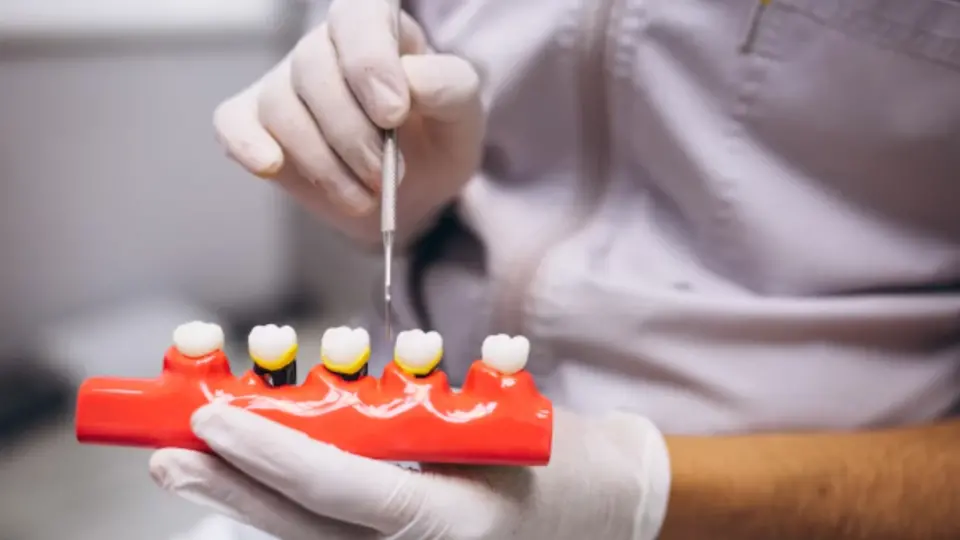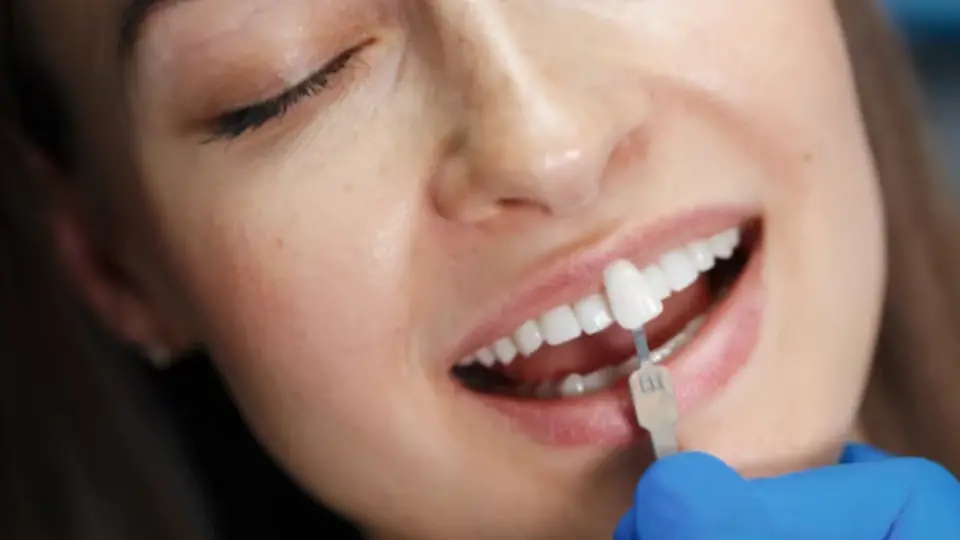The Unspoken Transition: From Dental Crowns to Dentures and What Patients Aren’t Told
You’re sitting in the dentist’s chair for what feels like the hundredth time, getting yet another crown replaced. It’s expensive. It’s uncomfortable. And it’s starting to feel like a never-ending cycle. At some point, someone might mention dentures—softly, almost like a last resort. But here’s the thing: no one really talks about how we get from one to the other.
There’s a quiet, often overlooked transition between dental crowns and full dentures, and patients are left to figure it out on their own. It’s not just about teeth—it’s about money, confidence, and the fear of what comes next. This isn’t a scare tactic. It’s about clarity. Most patients don’t know what to expect until they’re in too deep.
What are the main differences between dental crowns and dentures?
Here are the main differences between dental crowns and dentures, summarized in bullet format for clarity:
Purpose
- Crowns are used to restore a damaged or weakened tooth by covering it.
- Dentures are designed to replace one or more missing teeth, either partially or completely.
Coverage
- Crowns work on individual teeth that still have a healthy root.
- Dentures cover multiple or all missing teeth in a dental arch.
Permanency
- Crowns are permanently fixed to natural teeth or implants.
- Dentures are typically removable, though some can be implant-supported for a fixed option.
Material
- Crowns are made from porcelain, ceramic, or metal alloys.
- Dentures are usually made from acrylic resin and sometimes include metal frameworks.
Longevity
- Crowns can last 10 to 15 years or more with proper care.
- Dentures may require replacement or adjustment every 5 to 10 years.
Comfort and Maintenance
- Crowns feel more like natural teeth and require the same brushing/flossing as natural teeth.
- Dentures require special daily cleaning and may need adhesives to stay in place.
Each option serves a unique dental need and is chosen based on the extent of tooth loss and oral health condition.
When is it necessary to switch from dental crowns to dentures?
Switching from dental crowns to dentures usually becomes necessary when the natural teeth underneath the crowns can no longer provide a stable foundation. While crowns are effective for restoring damaged teeth, they rely on the health of the underlying tooth and root. When those elements fail, dentures become the more practical solution.
Common reasons for making the switch include:
- Severe Tooth Decay: When decay spreads beneath or around the crown and compromises the remaining tooth structure, extraction and replacement may be required.
- Gum Disease: Advanced periodontal disease can lead to bone and tissue loss, weakening the support around crowned teeth and making them unstable.
- Tooth Fracture Below the Gum Line: If the tooth breaks beneath the gum and cannot be rebuilt, the crown cannot be replaced, and removal becomes necessary.
- Multiple Failing Crowns: If several crowned teeth fail simultaneously, a full or partial denture may be a more practical and cost-effective option.
- Bone Loss or Tooth Mobility: When teeth become loose due to bone loss, dentures provide better stability and function.
Recognizing these signs early can lead to smoother transitions and better long-term outcomes for your oral health.
How does the transition from dental crowns to dentures affect oral health?
The transition from dental crowns to dentures can significantly affect oral health—both positively and negatively—depending on how well it’s managed. While crowns are designed to preserve existing teeth, dentures represent a shift to full or partial tooth replacement, which introduces new dynamics for the mouth, gums, and jaw. Here’s how the transition impacts oral health:
- Loss of Natural Tooth Function: With crowns, some natural tooth structure and roots remain intact. Switching to dentures often involves tooth extractions, resulting in the loss of natural chewing forces and sensory feedback.
- Bone Loss Acceleration: Natural tooth roots stimulate the jawbone. Once removed, the jawbone can begin to shrink or resorb over time, especially if implants do not support dentures.
- Gum Health Challenges: Dentures rest on the gums, which can cause irritation, sore spots, or inflammation if not fitted properly or cleaned regularly.
- Speech and Bite Adjustment: Adapting to dentures can temporarily affect speech clarity and bite alignment. Over time, these functions usually improve with proper fit and practice.
- Improved Comfort (When Done Right): For individuals with multiple failing crowns, dentures can alleviate chronic pain, prevent infections, and restore chewing ability—ultimately enhancing quality of life.
With regular dental visits and good hygiene, the transition can be smooth and beneficial, but it requires care and adaptation to maintain long-term oral health.
What should patients expect during the process of moving from crowns to dentures?
The process of transitioning from dental crowns to dentures is a significant step in oral care, involving multiple stages that aim to remove compromised teeth, heal the mouth, and restore full function and aesthetics. Here’s what patients can generally expect during the process:
1. Evaluation and Treatment Planning
- Your dentist will assess the health of your crown teeth, gums, and jawbone.
- X-rays or scans may be taken to determine which teeth are salvageable and which need extraction.
- A personalized treatment plan is created, including the type of denture (partial, full, or implant-supported).
2. Tooth Extractions
- If crowned teeth are beyond repair, they will be carefully extracted.
- This can be done in stages, depending on the number of teeth affected and your overall oral health.
3. Healing Period
- After extractions, your gums and jaw need time to heal—this can take several weeks to a few months.
- Temporary (immediate) dentures may be provided for both aesthetic purposes and basic function during the healing process.
4. Denture Fitting and Adjustments
- Once healing is complete, impressions are taken to craft custom dentures.
- Multiple fittings may be needed to ensure comfort, stability, and natural appearance.
5. Adaptation and Follow-Up
- You may need time to adjust to eating, speaking, and cleaning your dentures.
- Regular follow-up visits help fine-tune the fit and check for any complications.
While the transition may feel daunting, it often brings relief from chronic dental issues and restores confidence. A supportive dental team will guide you through every step for a smooth and successful outcome.
Prepare for the Shift from Crowns to Dentures Confidently
At Illume Dental of McKinney, we understand that moving from dental crowns to dentures can feel overwhelming—but it doesn’t have to be.
Our compassionate team is here to guide you every step of the way with personalized care, honest advice, and a focus on long-term comfort and function. We’ll help you understand your options, protect your oral health, and ensure a smooth, confidence-boosting transition.
Whether you’re just starting to notice failing crowns or are ready to explore dentures, we’re here to support your smile’s next chapter. Schedule your consultation today.



